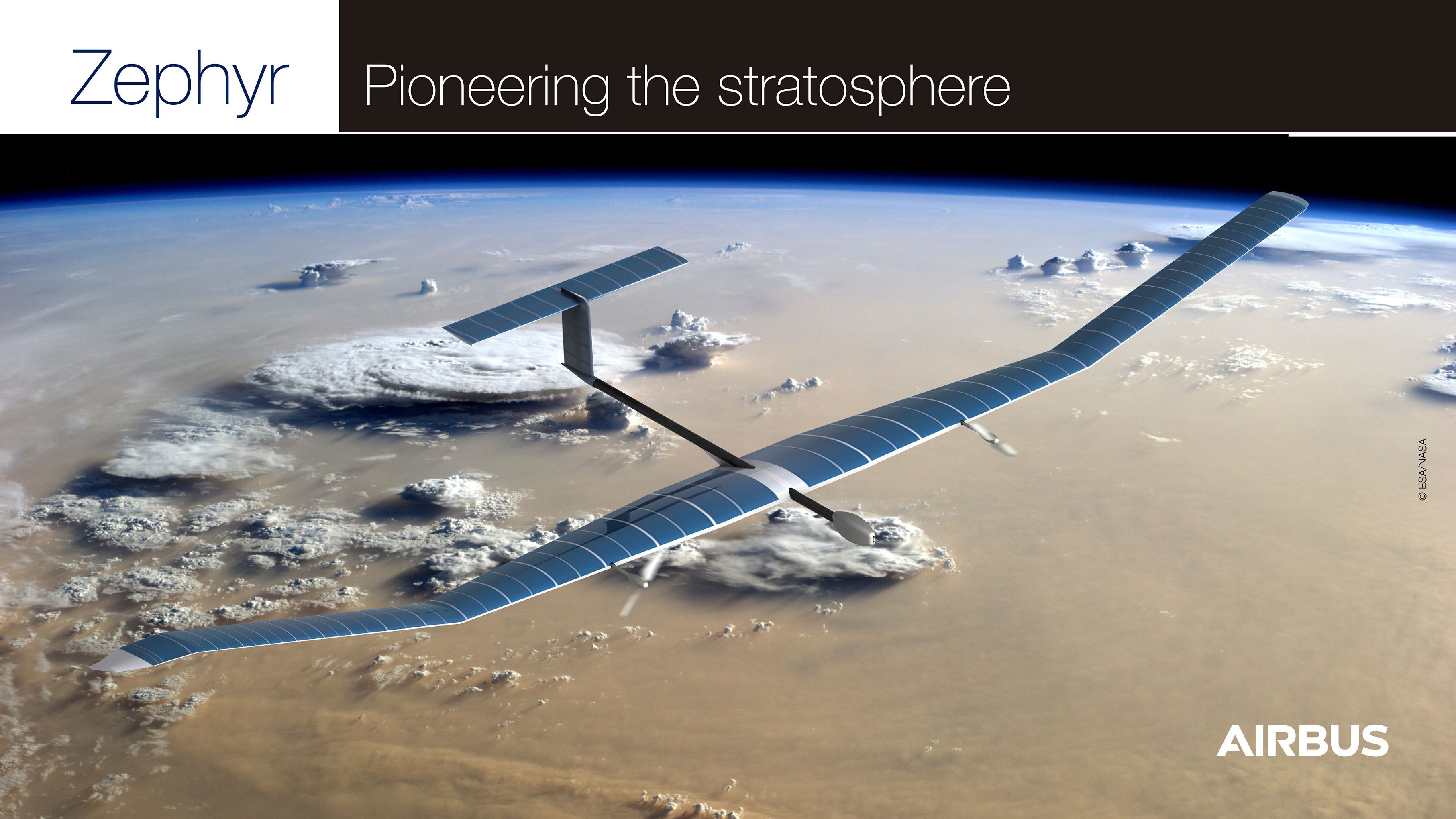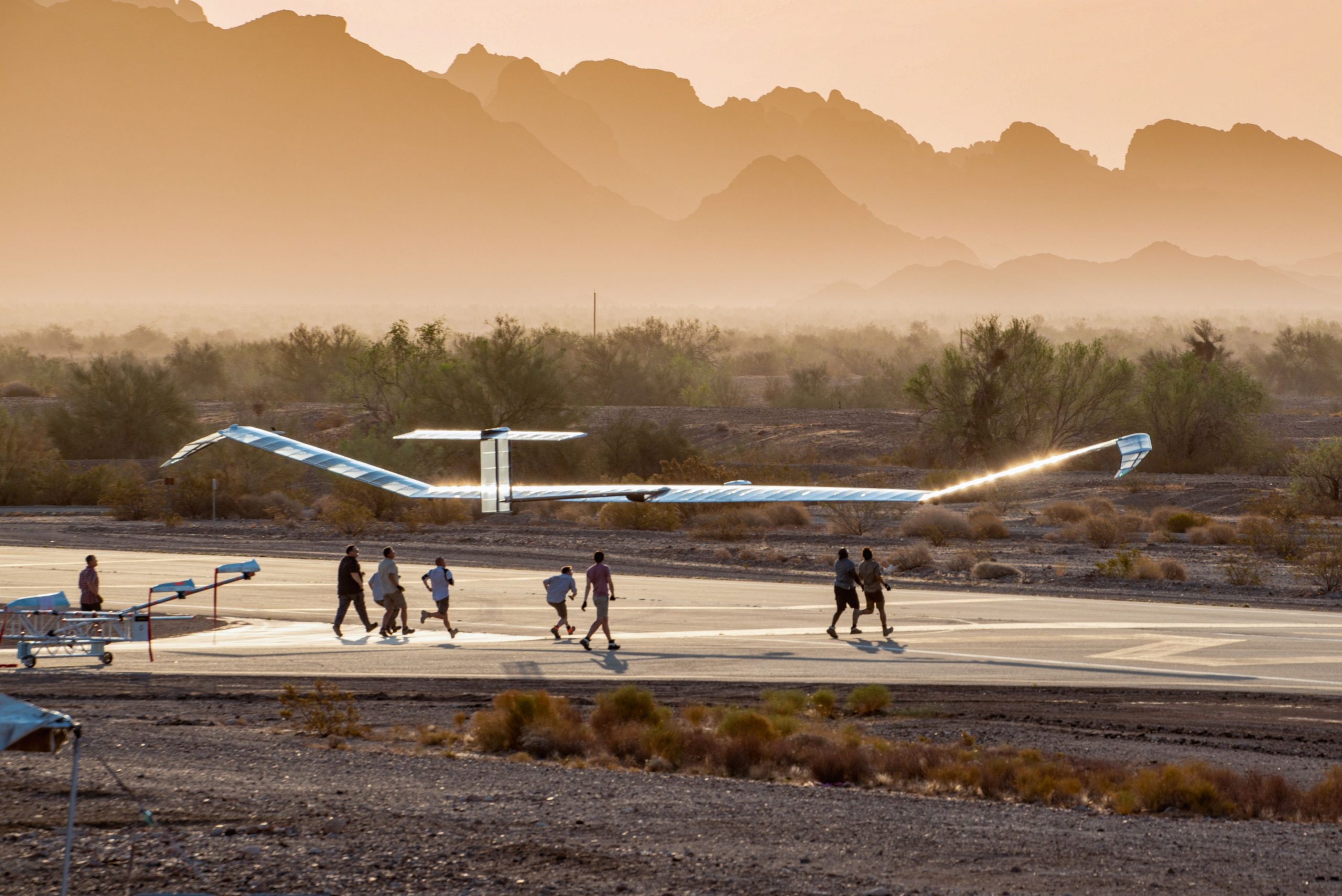On 11 October, Zephyr, a solar-powered aircraft, managed to complete an 18-day test flight. Zephyr’s July and August flight trials out of Arizona saw the high-altitude pseudo-satellite (HAPS) achieve several firsts.
US, Indian Army Train For Mountain Warfare, Cold-Weather Survival Amid Chinese Hostilities Along The LAC
The aircraft is en route to being declared ready for operations in the near future. There is hope that the drone could potentially be utilized to create internet access for millions of people around the world.
The Zephyr Drone
‘Zephyr’ refers to a family of solar-electric-powered unmanned air vehicles (UAVs) that was being developed under a jointly funded program by the British multinational defense technology company QinetiQ along with the UK Ministry of Defence.
The development program was bought by Airbus Defense and Space (then known as EADS Astrium) in 2013.
This high-altitude, long-endurance (HALE) autonomous unmanned system is capable of high-quality surveillance data over vast swathes of areas in real-time.
The UAV, made of ultra-lightweight carbon-fiber construction, weighs less than 75kg and has a wingspan of up to 25 meters. The system can capture and disseminate information while functioning at heights of over 18km. It also comes equipped with a solar charger and a bespoke auto-pilot system developed fully by QinetiQ.

The upper surfaces of its wings are covered by amorphous silicon arrays which are designed, developed, and supplied by United Solar Ovonic. While the vehicle is solar-powered during the daylight hours, at night it is powered by lithium-sulfur batteries. These powerhouses are supplied by Sion Power and are recharged during daylight hours by the solar power arrays.
In 2018, The Drive had quoted the head of the Zephyr program, Sophie Thomas as saying: “[t]he first [advantage] is that you are much closer to the Earth, so you can get far higher-resolution imaging[…] Secondly for communications you get reduced latency. The beauty of it is we have an endurance that is really powerful, so we can persist for over 100 days, yet [have] the flexibility of being able to retask.”
A Record Breaker
The Zephyr S completed a successful test flight campaign in the US when the final Airbus solar-powered High Altitude Platform System (HAPS) flight touched down in Arizona on 13 September. This ended the most ambitious Zephyr flight to date.
Both Airbus and the UK Ministry of Defence (MoD) applauded the success of the most recent flight trials of its Zephyr UAV. They were noted as saying that the campaign over the third quarter of 2021 ‘represent[s] an important step towards operationalizing the pseudo satellite’.
In a press release, Airbus said, “The campaign consisted of six flights in total, four low-level test flights, and two stratospheric flights. The stratospheric flights flew for around 18 days each, totaling more than 36 days of stratospheric flight in the campaign.
This adds a further 887 flight hours to the 2,435 stratospheric flight hours for Zephyr to date, marks significant progress for fixed-wing HAPS and is a step towards making the stratosphere an operational reality for its customers.”

The statement also highlighted that the Zephyr set a new absolute altitude record for this class of uncrewed aircraft at 76,100 feet. Airbus told Janes that previously, only the famed military U-2 and SR-71 Blackbird had been able to operate at similar levels.
The flight campaign demonstrated Zephyr’s ability to be used for future operations that could involve flying outside of restricted airspace and over airspace shared by commercial air traffic.
“Carrying an Optical Advanced Earth Observation system for Zephyr (OPAZ) payload, Zephyr proved its operational value to provide instant, persistent, and improved situational awareness,” Airbus said.
Eco-Friendly And Cheaper
There are several advantages that the Zephyr drone provides. For starters, it is much more environmentally friendly in comparison to a satellite. This is because it runs on solar power and is “carbon neutral” since it uses no fuel and produces zero carbon emissions.
The air vehicle is cheaper to operate and easier to control as well. It can be landed and adapted for varied missions.
The drone has proved its ultra-persistence, stratospheric agility, as well as payload interoperability already. Other than being sustainable and solar-powered, it also has intelligence, survey and reconnaissance (ISR), and network extending solutions that can provide crucial connectivity in the future. Airbus sent its Zephyr, which resembles an unmanned glider but with two small propellers, into the stratosphere where it flew higher than planes but lower than satellites.
There are hopes the aircraft can remain airborne for “periods of months, up to six months” in the near future, said Jana Rosenmann, Head of Unmanned Aerial Systems at Airbus. “Our batteries are really performing extremely well. I think we’re confident right now about [reaching] three months and I would say that going for six months on this air vehicle would not be a problem,” she noted.
For people living in areas with a lack of connectivity, Zephyr could potentially open up the internet and improve web access. The second of the two flights was completed for the UK’s Ministry of Defence, showcasing that this UAV can also be used for military purposes. The vehicle already comes fitted with a removable payload pod that can carry a lightweight electro-optical sensor or a communications relay payload.
The UAV is also equipped with an optical sensor payload for persistent surveillance missions. It employs GPS navigation to remain on station.
The company is pitching the use of Zephyr in disaster zones and other areas where real-time information might be required. Airbus believes that their solar-powered UAV has the potential to radically change disaster management, including monitoring the spread of wildfires or oil spills, for the better.
- Written by Shreya Mundhra/EurAsian Times Desk
- Contact the author at: shreyya.mundhra@gmail.com
- Follow EurAsian Times on Google News




